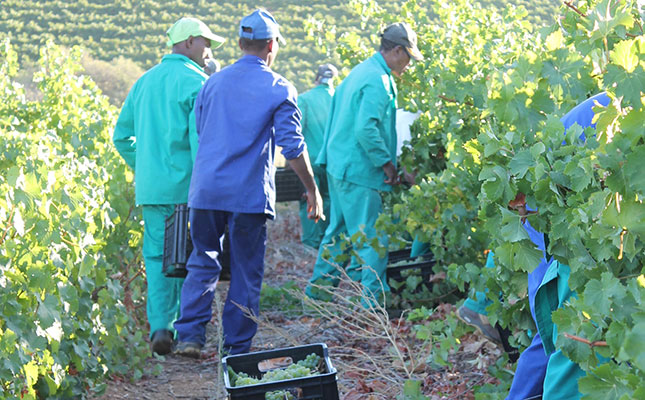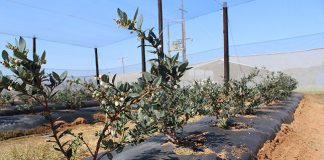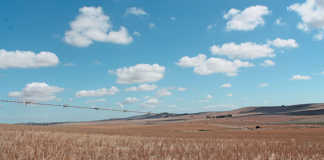
Photo: Denene Erasmus
The positive growth trend in agricultural GDP so far this year, has failed to translate into an increase in employment in the sector.
According to the latest Quarterly Labour Force Survey Quarter, released by Statistics South Africa (Stats SA) on Tuesday, 29 September, 2,2 million jobs were lost in South Africa in the second quarter (Q2) of 2020.
READ Agri GDP better, but not at its best
About 66 000 jobs were lost in the agriculture sector during this quarter. This was a 7,6% decline from Q1 in 2020 to Q2, and a 5,1% decline when measured on a year-on-year basis (Q2:2019 compared with Q2:2020).
Previous reports published by Stats SA, showed that agriculture GDP contracted by 1,86% and 9,86% in 2018 and 2019 respectively.
However, the sector showed sustained recovery during the first two quarters of 2020, with agriculture GDP increasing just over 15% (annualised) in Q2:2020.
Despite an increase in farming output, employment in the sector was at a five-year low for the second quarter. Total employment in agriculture had decreased by about 8% since 2016 from 869 000 in Q2:2016 to 799 000 in Q2:2020.
READ Retailers must explain high margins on fresh produce
Agricultural economist, Wessel Lemmer, who is the general manager for grain at Agbiz, said that the consequences of the COVID-19 pandemic and the ban on the sale of tobacco and alcohol may have contributed to the loss of agriculture jobs.
He stressed, however, that economic growth was vital for the creation of jobs.
“An economic growth rate of 5% and more is essential. Large-scale job creation is highly unlikely with a growth rate of less than 5%. A lack of sustainable electricity provision is one of the main reasons for stunted growth, and subsequently, seriously impacted job creation in the agri-processing sector,” Lemmer said.
South Africa’s overall unemployment rate, as defined and reported by Stats SA, in fact showed a decrease for Q2:2020, dropping by 6,8 percentage points from 30,1% in Q1:2020 to 23,3% in Q2.
But, as Stats SA explained, this was mainly due to the fact that in order for people to fall into the category of ‘unemployed’, they must be actively looking for work, which was not possible during a large part of Q2 when Levels 5 and 4 of the COVID-19 lockdown was in place.












